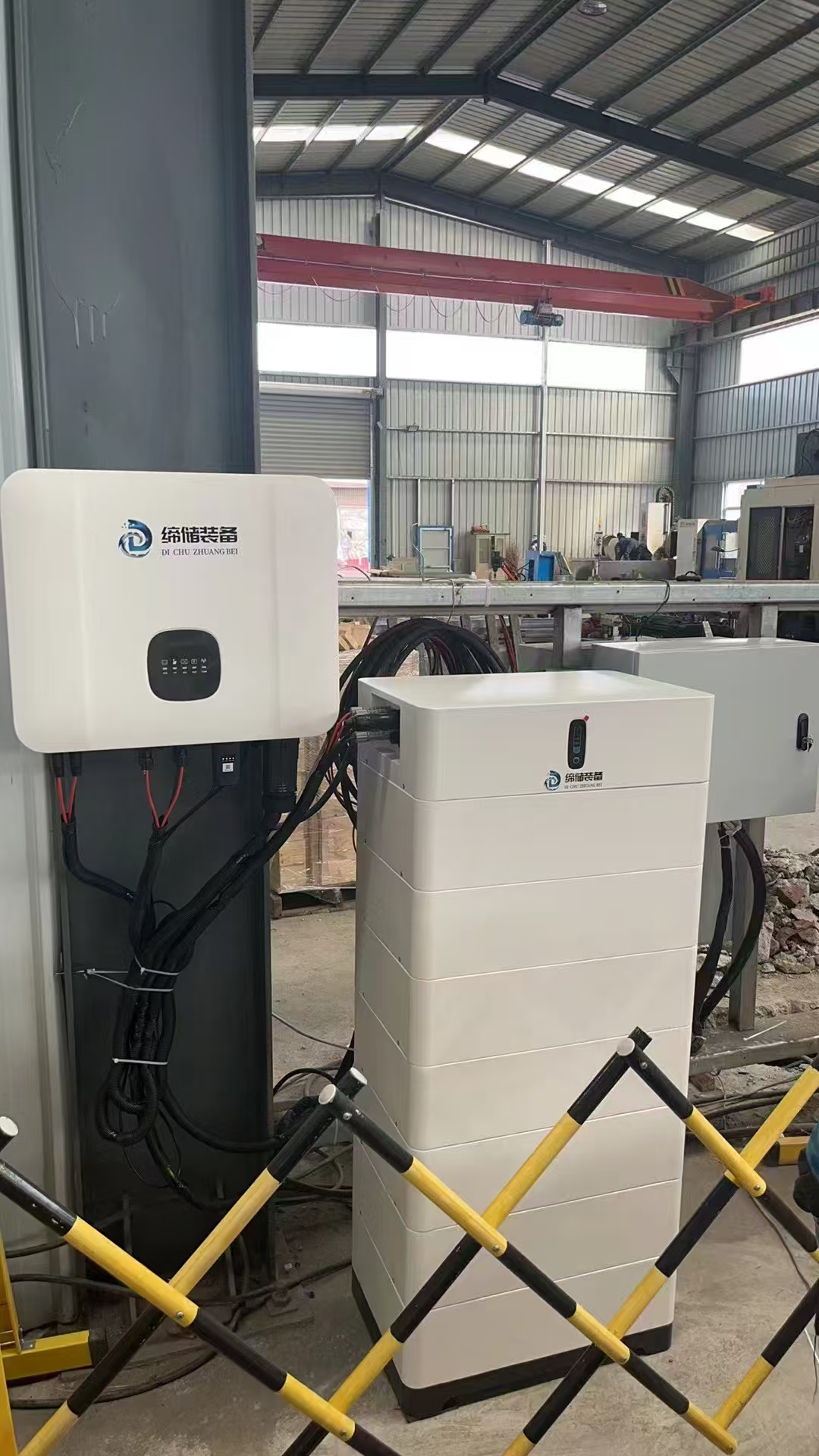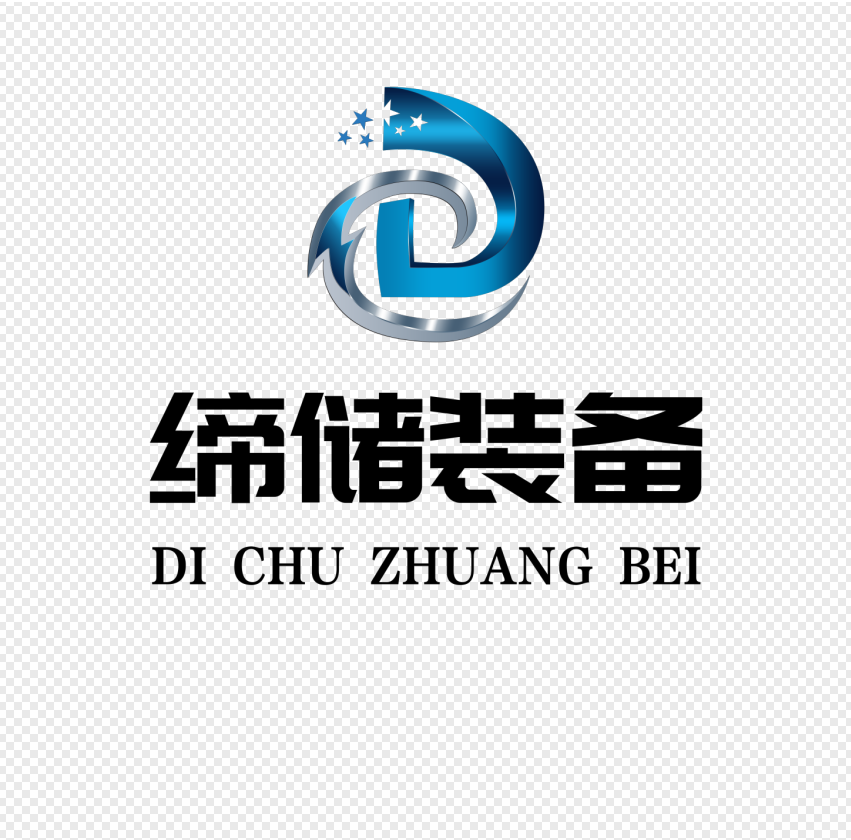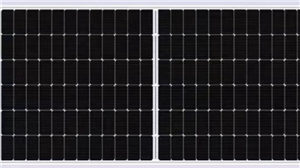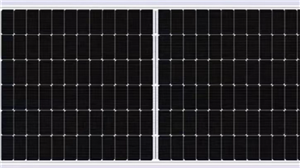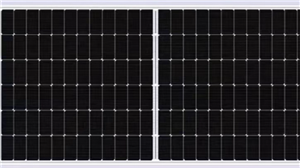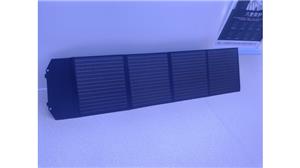Home light storage system2·0
1、 Core components: Three major components working together
The household light storage system mainly consists of three core components: photovoltaic modules, energy storage batteries, and inverters (including control modules). Some systems may also be paired with smart meters or energy management apps:
Photovoltaic modules: usually installed on the roofs, balconies, or courtyards of households, they absorb solar energy and convert it into direct current, serving as the "energy source" of the system. The mainstream products are monocrystalline silicon or polycrystalline silicon panels, with a lifespan of up to 25-30 years, and the footprint depends on household electricity needs (generally 10-30 square meters can meet basic electricity needs).
Energy storage battery: stores excess electricity generated by photovoltaic modules, avoiding the problem of "generating electricity immediately and wasting it if not used up", and serves as a backup power source in case of power outages in the grid. The common type is lithium batteries (such as lithium iron phosphate), which have high safety and long cycle life (about 1000-3000 charge and discharge cycles). The capacity can be selected according to household needs (usually 5-20kWh, meeting 1-3 days of emergency electricity).
Inverter: the "central nervous system" of the system, responsible for converting the direct current generated by photovoltaic modules into household usable alternating current (220V), while controlling the distribution of electrical energy - prioritizing the use of household loads, storing excess electrical energy in batteries, and selecting grid connected sales after the batteries are fully charged (subject to local policies); When the power grid is cut off, it automatically switches to "off grid mode" and is powered by batteries.
2、 Working principle: Three operating modes adapted to different scenarios
Household solar energy storage systems are mainly divided into grid connected mode, off grid mode, and grid/off grid hybrid mode based on whether they are connected to the power grid and the energy supply and demand relationship, and are suitable for different electricity consumption scenarios in households
Grid connection mode (mainstream): The system is connected to the public power grid, and during the day, photovoltaic modules are prioritized for household use. Excess electricity can be stored in batteries or directly connected to the grid (some areas support "self use, surplus electricity grid connection" and enjoy electricity price subsidies); When the photovoltaic power generation is insufficient at night or on cloudy days, it will automatically switch to grid power supply, and the battery can choose whether to discharge and supplement according to demand.
Off grid mode (niche): The system is not connected to the grid and relies entirely on photovoltaic modules for power generation and battery energy storage. It is suitable for remote areas without grid coverage, such as rural self built houses and villas. Larger capacity batteries and photovoltaic modules are required to ensure stable energy supply.
Hybrid mode (recommended): It combines the advantages of grid connection and off grid operation. Normally, it operates in grid connection mode. In the event of a power outage, it switches to off grid mode in milliseconds and is powered by batteries to ensure uninterrupted operation of critical loads such as refrigerators, air conditioners, and lighting (such as medical equipment and smart homes). It is particularly suitable for households with high electricity demand or high requirements for power supply stability (such as households with elderly people, children, or devices that require 24-hour operation).
3、 Core advantage: Why are more and more families choosing optical storage systems?
Reduce electricity costs: By using photovoltaic power generation to replace part of the grid electricity consumption, especially in areas with high electricity prices (such as industrial and commercial electricity prices, and areas with rising tiered electricity prices), long-term use can significantly reduce electricity costs. Taking the eastern region of China as an example, a 10kW solar energy storage system has an annual power generation of about 12000 to 15000 kWh. If all of it is self used, it can save about 10000 to 15000 yuan in electricity bills (calculated at 1 yuan/kWh), and the cost can be recovered in 5-8 years.
Dealing with power failure risk: energy storage batteries can be used as emergency power supply to supply power to key loads (such as refrigerators, lighting, routers, medical equipment) in the case of power failure caused by typhoon, rainstorm, power grid maintenance, etc., to avoid inconvenience to life or property loss caused by power failure.
Supporting low-carbon environmental protection: Photovoltaic power generation is a clean and renewable energy source, and the use of photovoltaic storage systems can reduce households' dependence on fossil fuels such as coal and natural gas, and lower carbon emissions. A 10kW system can reduce about 10 tons of carbon dioxide emissions annually, which is equivalent to the environmental effect of planting 50 trees, in line with the "dual carbon" policy and green living concept.
Enhancing energy autonomy: No longer relying solely on the public power grid, especially during periods of tight energy supply and significant fluctuations in electricity prices, households can take the initiative in energy generation and storage, avoiding the impact of external energy policies or price changes.
4、 Selection and Installation: Key Precautions
On demand capacity selection: Determine system capacity based on annual household electricity consumption, roof area, and budget. If a regular family of three only needs to cover daily electricity consumption (such as lighting, household appliances, air conditioning), choose 5-10kW photovoltaic modules+5-10kWh energy storage batteries; If there is a higher demand for electric vehicle charging, whole house intelligence, etc., the capacity can be appropriately increased.
Identify legitimate brands: For core components such as photovoltaic modules, energy storage batteries, and inverters, it is recommended to choose well-known brands in the industry (such as Longi and Jinko for photovoltaic modules, CATL and BYD for energy storage batteries, Huawei and Sunac for inverters) to ensure product quality and after-sales support (such as battery warranty of 8-10 years and photovoltaic module warranty of 25 years).
Compliant installation and grid connection: Before installation, it is necessary to apply for grid connection with the local power grid company (approval is required in some areas), select a qualified installation team, ensure construction safety (such as roof load-bearing and circuit wiring specifications), and avoid safety hazards or grid connection problems caused by illegal installation.
The household light storage system mainly consists of three core components: photovoltaic modules, energy storage batteries, and inverters (including control modules). Some systems may also be paired with smart meters or energy management apps:
Photovoltaic modules: usually installed on the roofs, balconies, or courtyards of households, they absorb solar energy and convert it into direct current, serving as the "energy source" of the system. The mainstream products are monocrystalline silicon or polycrystalline silicon panels, with a lifespan of up to 25-30 years, and the footprint depends on household electricity needs (generally 10-30 square meters can meet basic electricity needs).
Energy storage battery: stores excess electricity generated by photovoltaic modules, avoiding the problem of "generating electricity immediately and wasting it if not used up", and serves as a backup power source in case of power outages in the grid. The common type is lithium batteries (such as lithium iron phosphate), which have high safety and long cycle life (about 1000-3000 charge and discharge cycles). The capacity can be selected according to household needs (usually 5-20kWh, meeting 1-3 days of emergency electricity).
Inverter: the "central nervous system" of the system, responsible for converting the direct current generated by photovoltaic modules into household usable alternating current (220V), while controlling the distribution of electrical energy - prioritizing the use of household loads, storing excess electrical energy in batteries, and selecting grid connected sales after the batteries are fully charged (subject to local policies); When the power grid is cut off, it automatically switches to "off grid mode" and is powered by batteries.
2、 Working principle: Three operating modes adapted to different scenarios
Household solar energy storage systems are mainly divided into grid connected mode, off grid mode, and grid/off grid hybrid mode based on whether they are connected to the power grid and the energy supply and demand relationship, and are suitable for different electricity consumption scenarios in households
Grid connection mode (mainstream): The system is connected to the public power grid, and during the day, photovoltaic modules are prioritized for household use. Excess electricity can be stored in batteries or directly connected to the grid (some areas support "self use, surplus electricity grid connection" and enjoy electricity price subsidies); When the photovoltaic power generation is insufficient at night or on cloudy days, it will automatically switch to grid power supply, and the battery can choose whether to discharge and supplement according to demand.
Off grid mode (niche): The system is not connected to the grid and relies entirely on photovoltaic modules for power generation and battery energy storage. It is suitable for remote areas without grid coverage, such as rural self built houses and villas. Larger capacity batteries and photovoltaic modules are required to ensure stable energy supply.
Hybrid mode (recommended): It combines the advantages of grid connection and off grid operation. Normally, it operates in grid connection mode. In the event of a power outage, it switches to off grid mode in milliseconds and is powered by batteries to ensure uninterrupted operation of critical loads such as refrigerators, air conditioners, and lighting (such as medical equipment and smart homes). It is particularly suitable for households with high electricity demand or high requirements for power supply stability (such as households with elderly people, children, or devices that require 24-hour operation).
3、 Core advantage: Why are more and more families choosing optical storage systems?
Reduce electricity costs: By using photovoltaic power generation to replace part of the grid electricity consumption, especially in areas with high electricity prices (such as industrial and commercial electricity prices, and areas with rising tiered electricity prices), long-term use can significantly reduce electricity costs. Taking the eastern region of China as an example, a 10kW solar energy storage system has an annual power generation of about 12000 to 15000 kWh. If all of it is self used, it can save about 10000 to 15000 yuan in electricity bills (calculated at 1 yuan/kWh), and the cost can be recovered in 5-8 years.
Dealing with power failure risk: energy storage batteries can be used as emergency power supply to supply power to key loads (such as refrigerators, lighting, routers, medical equipment) in the case of power failure caused by typhoon, rainstorm, power grid maintenance, etc., to avoid inconvenience to life or property loss caused by power failure.
Supporting low-carbon environmental protection: Photovoltaic power generation is a clean and renewable energy source, and the use of photovoltaic storage systems can reduce households' dependence on fossil fuels such as coal and natural gas, and lower carbon emissions. A 10kW system can reduce about 10 tons of carbon dioxide emissions annually, which is equivalent to the environmental effect of planting 50 trees, in line with the "dual carbon" policy and green living concept.
Enhancing energy autonomy: No longer relying solely on the public power grid, especially during periods of tight energy supply and significant fluctuations in electricity prices, households can take the initiative in energy generation and storage, avoiding the impact of external energy policies or price changes.
4、 Selection and Installation: Key Precautions
On demand capacity selection: Determine system capacity based on annual household electricity consumption, roof area, and budget. If a regular family of three only needs to cover daily electricity consumption (such as lighting, household appliances, air conditioning), choose 5-10kW photovoltaic modules+5-10kWh energy storage batteries; If there is a higher demand for electric vehicle charging, whole house intelligence, etc., the capacity can be appropriately increased.
Identify legitimate brands: For core components such as photovoltaic modules, energy storage batteries, and inverters, it is recommended to choose well-known brands in the industry (such as Longi and Jinko for photovoltaic modules, CATL and BYD for energy storage batteries, Huawei and Sunac for inverters) to ensure product quality and after-sales support (such as battery warranty of 8-10 years and photovoltaic module warranty of 25 years).
Compliant installation and grid connection: Before installation, it is necessary to apply for grid connection with the local power grid company (approval is required in some areas), select a qualified installation team, ensure construction safety (such as roof load-bearing and circuit wiring specifications), and avoid safety hazards or grid connection problems caused by illegal installation.
Pay attention to post maintenance: Photovoltaic modules need to be regularly cleaned of dust (1-2 times a year), energy storage batteries should avoid overcharging and discharging (the system will automatically protect them, but long-term idle should be avoided), inverters and other electrical components need to be inspected regularly, and general brands will provide regular maintenance services to extend the service life of the system.
